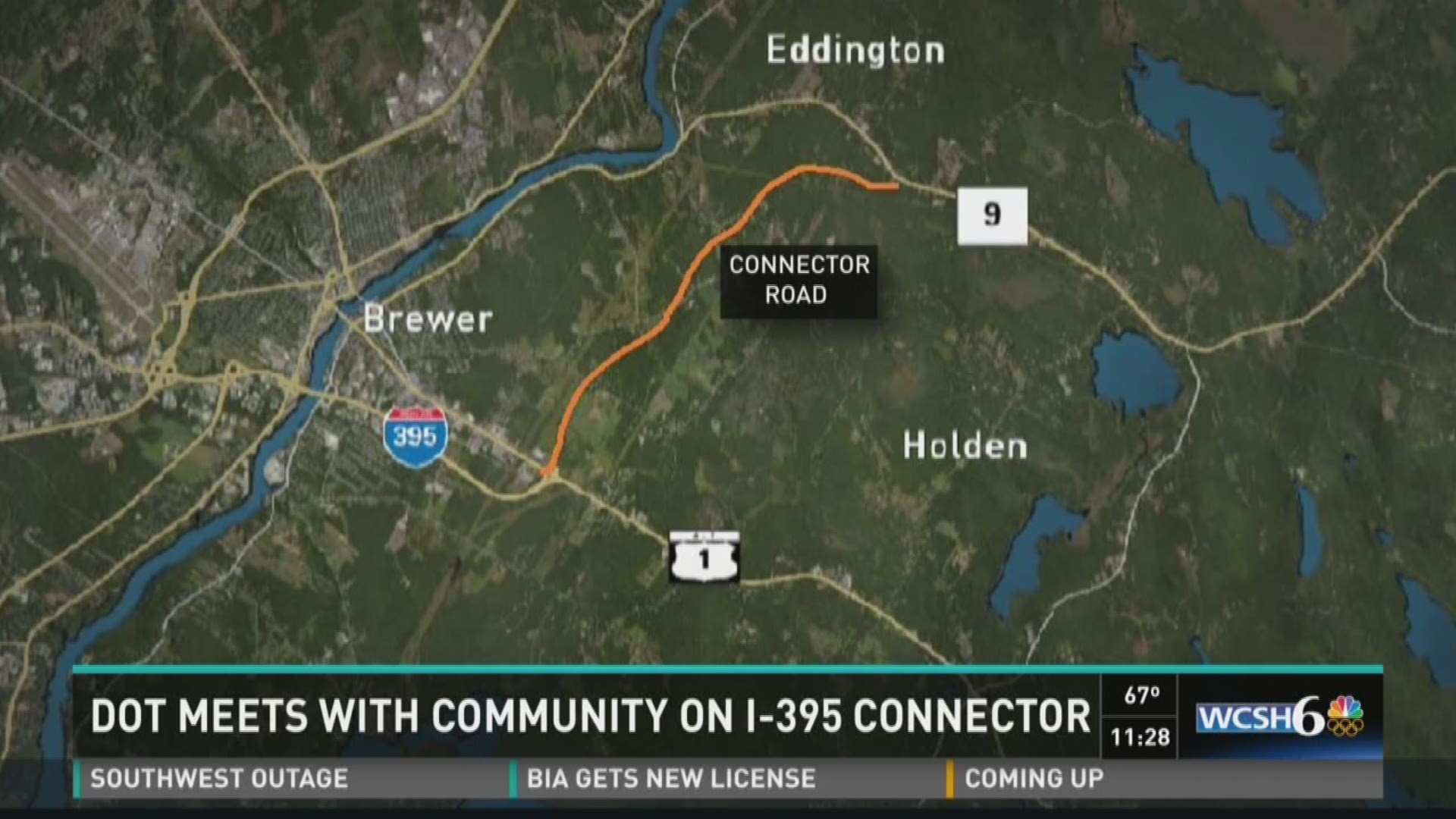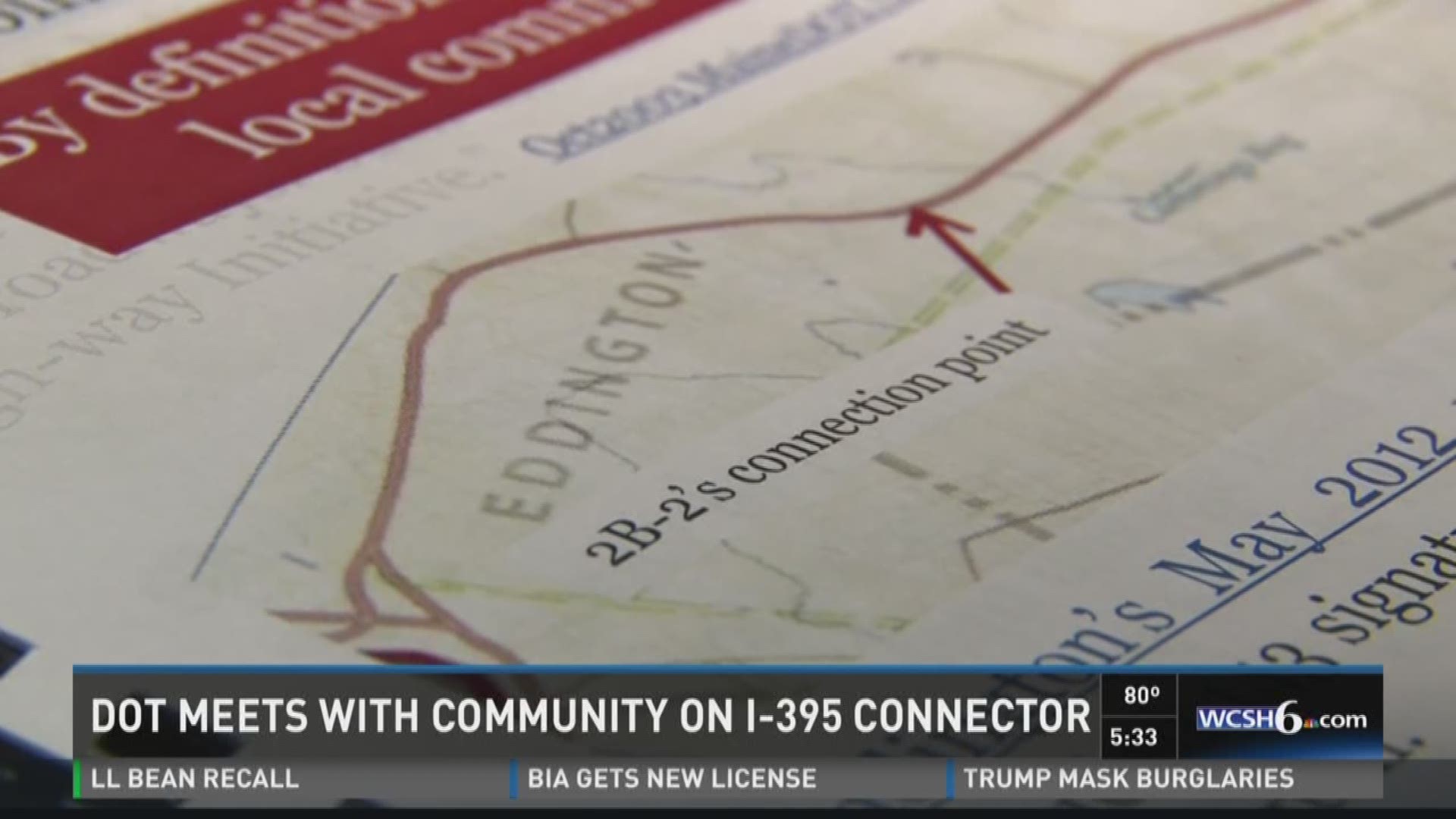EDDINGTON, Maine (NEWS CENTER) -- A controversial plan by Maine's Department of Transportation to connect I-395 to U-S Route 9 in Eddington is becoming more of a reality for residents there--one that many residents do not want to accept.
The final version of 61-million-dollar plan received federal approval just about a month ago.
Residents met with Maine D.O.T. Officials to voice their concerns at the Eddington Elementary School Wednesday night.
The plan known as 2B-2 was first presented as the less-likely of 79 options when the project first started back in 2000.
The Assistant Director of Bureau of Transportation Systems Planning, Scott Rollins, called it a “done deal.”
“We really want to focus on where we go from here,” Rollins said.
When completed the two-lane road will cut through Holden, Brewer and Eddington.
Transportation experts say the overall plan aims to cut down on traffic along Route 1A and Route 46. However, critics argue that the traffic diverted to Route 9 in Eddington will only make things worse.
“It said right in the proposal that they would work with the towns to control access to Route 9 for safety. When you bring a road in from one commercial zone into another and a mixed-use zone…that doesn’t sound very good for business or residents," Eddington Planning Board Chair Susan Dunham Shane said.
The connector could impact an estimated 54 properties and eight homes.
The project has been criticized by a Bangor area transportation committee whose members felt they were pressured to vote for the I-395 project or risk losing federal funds for other project—something D.O.T officials denied at Wednesday’s meeting.
Now some residents and town leaders say their voices have gone unheard since the very start.
"I have worked tirelessly on this for years and my home’s not going to be affected. I'm probably going to see less traffic in front of my house, but I can see beyond the end of my nose and how this is going to impact the community,” Eddington resident Gretchen Heldmann said.
Heldmann spoke up at the meeting and felt she went unnoticed, adding that the project is only a temporary fix and waste of tax dollars.
The study looked at system linkage, traffic flow and environmental concerns regarding wet lands.
Rollins said 2B-2 is the best and only option now.
Officials say that construction is still a ways off and not likely to be completed until 2025.
The next step in the process is to survey land and complete the final project design to determine just how much of an impact it will have on landowners.
“All these people who are in the 200-foot wide corridor, what happens to their lives? What do they do? I have friends who are going lose their house. They're definitely gone,” Dunham Shane said.


